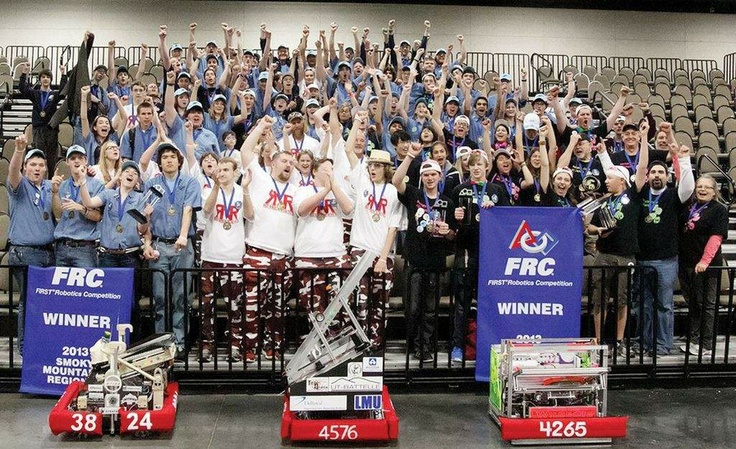Can Young Americans Revive Manufacturing in The U.S.?
But Lonnie Love, leader of the automation, robotics and manufacturing group at Oak Ridge National Laboratory, sees the device as a key to exciting young Americans to innovate and learn engineering and manufacturing skills.
President Obama and politicians in both parties have emphasized the importance of manufacturing because it creates jobs that pay well.
In a recent talk to Friends of ORNL, Love asked, “But, what happens if we turn the tide and get our companies that manufacture goods abroad to bring jobs back to the United States?” How many Americans will be qualified to work for companies with expanded manufacturing capabilities, he also asked.
“Our STEM education has been on a steady decline,” Love said, referring to science, technology, engineering and mathematics. “The U.S. is not ranked in the top 20 worldwide in any of the sciences or math.”
personally involved in trying to fix both of them.
He is a user of 3-D printing, or additive manufacturing, to make innovative “hydraulic hands” as prostheses. He is also a mentor of high school boys and girls with engineering talents who participate in a robotics competition. They have been given the opportunity to do 3-D printing and traditional manufacturing at ORNL’s Manufacturing Demonstration Facility off Hardin Valley Road in Knoxville. Love works at the MDF.
His wife is a high school teacher who encouraged him to mentor students at Hardin Valley Academy, where she works. He learned students today no longer take “shop.” In the 1980s, he took auto shop and woodworking shop.
“I sat down with three boys and told them they are my mechanical designers,” he said. “I taught them how to use SolidWorks 3D CAD design software. They designed robot parts and printed out 25 percent of the robot they planned to enter into a competition. Kids today are very bright and very creative, but they just need some guidance.”
“You melt the powder where your part is,” he said, “and then step the table down a few thousandths of an inch to accommodate the next deposited layer of powder, which is melted. You repeat the process many times, growing your part.” The support’s overhang can be broken off or eroded away using a salt.
Then the HVA students asked if they could work in the MDF to finish their robot projects.
“But, the kids will still need to use a band saw, circular saw, drill press and other power tools to build their robots,” Love told them. “Are you OK with that?” After all, safety is ORNL’s No. 1 priority.
Smith said “yes,” adding, “We are going to train the kids to use power tools safely.”
So, the MDF staff opened their labs to 100 to 150 boys and girls from local schools in the first year and trained them. The next year 200 to 250 kids used the MDF equipment to build their robots. Last fall, 550 students showed up at the MDF.
For six weeks, many boys and girls worked evenings and Saturdays to complete their robots. The robots this year had to throw discs and climb pyramids.
On March 28-30 at the third annual FIRST Robotics regional competition at Knoxville Convention Center, Hardin Valley Academy, Oak Ridge High School and Hall High School won the championship title, and a team from Roane County High School netted the Rookie All-Star award. These four of the 14 teams sponsored by UT-Battelle at a cost of $50,000 went to the national finals held April 24-27 in St. Louis.
“All four teams competed well at the nationals,” Love said, adding he expects future Knoxville alliances to be strong competitors in subsequent national FIRST Robotics competitions.
Maybe next year Oak Ridge and Knoxville area youth will make the news and put 3-D printing in a more positive light.




Leave a Reply
Want to join the discussion?Feel free to contribute!